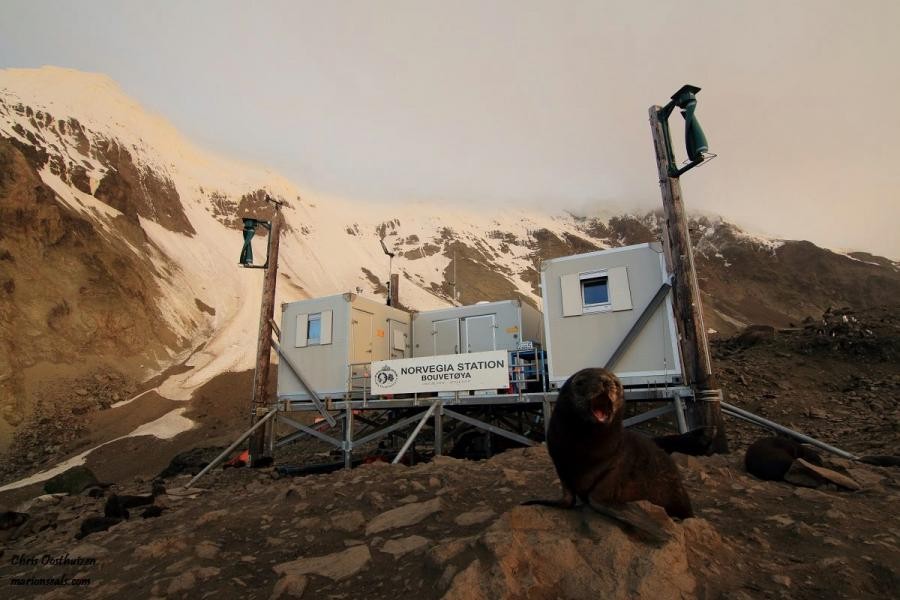
There is, however, a piece of advice given by the residents to all of those who’re interested.
#The bouvet island lifeboat free
Many outsiders may be tempted to join the community or simply visit – something that they’re completely free to do. Bernards, and there are also around 1,000 feral sheep roaming the island. A lady who’s a dog breeder has over 40 St. There’s one pub, one café, and a free store where the residents exchange their stuff. Money has no purpose on the island either, and they share what they have between them. Most of the inhabitants grow their own food and refrain from depending on anything the mainland could provide. The only way in or out is by ferryboat that makes one or two trips per day, five days a week, weather permitting. There are no paved roads on the island, no sewage system, and the fresh water supply can run thin sometimes, depending on the season. Some people, however, decide to live without electricity altogether, relying instead on good old fire. Their electricity is provided in large part by solar panels, wind and water turbines, as well as a few conventional gas generators. What’s more, the community here is almost entirely self-sufficient and living off the grid.
#The bouvet island lifeboat professional
The Manhattan-sized island is home to about 420 people, 70 of which are children, while the other 350 are “poets, artists, physicists, fishermen, loggers, tree planters, designers, professional musicians, published authors, some small scale manufacturers, some commercial agriculture as well as professional consultants in education, engineering, forestry and alternate energy,” according to the community’s blog. Here’s yet another island that doesn’t look like much on the surface, but you should know that Lasqueti Island, which is about an hour’s ferry ride from Vancouver, has the most highly educated community in British Columbia. One hypothesis is that the boat was part of a Soviet expedition to Antarctica that may have also visited the island in 1959, but nobody has confirmed that. There were no signs of life on shore, even though there was some equipment lying on the beach, close to the boat. But the small boat had no markings on it to indicate its nationality or identity, and the nearest trade route was at least one thousand miles away. At first glance, it looked like a lifeboat and some survivors might have made it to shore. In a small lagoon, and surrounded by a colony of seals, there was an abandoned and half-swamped rowing boat, but still in good enough condition to be seaworthy. Then, in 1964, an expedition to the island had revealed an unexpected discovery. But he misplaced it on the map, and it took almost another 70 years for another sailor to rediscover it in 1808. The island was first discovered back in 1739 by Jean-Baptiste Charles Bouvet de Lozier. Together with the so-called Roaring Forties and the Screaming Sixties, the Furious Fifties make up for almost incessant violent storms and six-story high waves, all sprinkled with the ever-present threat of icebergs. There’s an old sailor’s saying: “below 40 degrees south there is no law/below 50 degrees south there is no God,” so you know it’s bad. Bouvet Island is also located right along the path of the Furious Fifties winds. The safest way to get there is by helicopter.

These make it incredibly difficult to dock, or even leave the island by boat. About 90 percent of its surface is covered in thick ice, and almost vertical volcanic rocks, high glacial cliffs and underwater reefs make up its shores. It’s also the southernmost island part of the Mid-Atlantic Ridge, and as of 1927, it officially belongs to the Norwegians, who occasionally send a research team there to monitor whale migration.īut as anyone, particularly sailors, who have ever seen the island with their own eyes can tell you, Bouvet Island is one of the scariest places on the ocean. Bouvet Island is located 1,370 miles away from Africa’s southernmost tip, and about the same distance away from Antarctica. It’s currently uninhabited and will most likely remain that way for the foreseeable future. It is, however, the most isolated island on the whole planet. At first glance, there doesn’t seem to be anything too out of the ordinary with Bouvet Island.


 0 kommentar(er)
0 kommentar(er)
